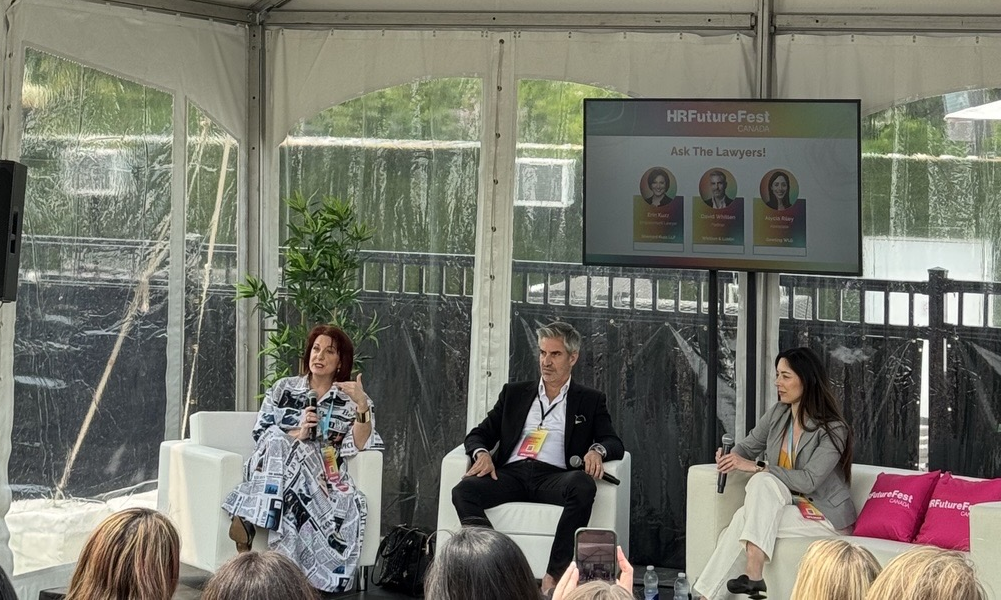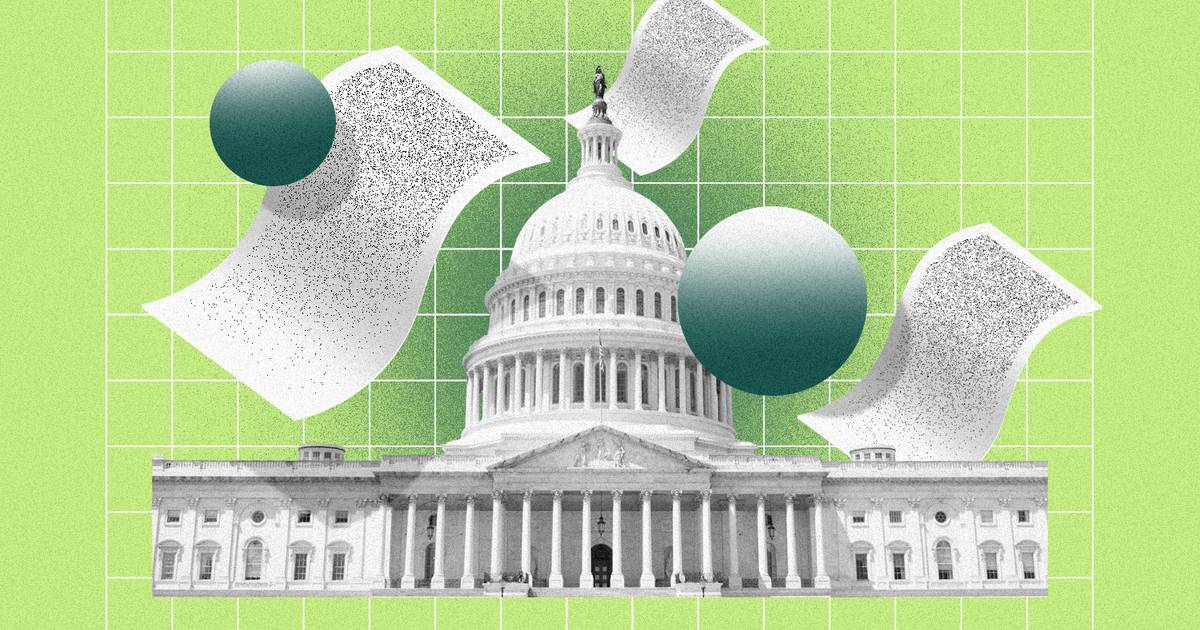Variety is good. It’s why Michelin-starred kitchens stock spices worldwide, elite athletes train all parts of their bodies, and fine art studios offer myriad colors for artists to paint with. Likewise, successful businesses draw insights from diverse teams.
Diversity began making waves ever since McKinsey started selling DEI programs to clients looking for a cultural refresh. Their timely marketing led some to see diversity programs as little more than empty gestures ostracizing those with conventional backgrounds (white, male, middle class) while giving crumbs to minority populations. They say DEI is a nothing burger with value added to the workplace.
But are their concerns well founded? Does diversity recruiting affect any positive outcome? Are there actual benefits to building teams out of different backgrounds and perspectives? Let’s see what Abraham Lincoln had to say about it:
“[Diversity hiring] shows a man that his original thoughts aren’t very new after all.”
The above quote is about books, but the sentiment applies equally to diversity: Other people know things you don’t know. Learn from them.
Lincoln—widely revered as one of the most influential U.S. presidents—filled his cabinet with rivals and enemies who, outside the Oval Office, probably wanted to kill each other. Together, however, they fostered the diplomacy that resulted in historic change.
This is what diversity recruiting is all about—creating a collage of perspectives and opinions to leave fewer stones unturned and make more room at the table for underrepresented populations. It is by no means a new idea, and it gets results.
What is diversity recruiting?
Diversity recruiting is a talent acquisition and promotion strategy that gives minorities more opportunities. The idea is that teams built on many racial and ethnic backgrounds, genders, ages, sexual orientations, and abilities will lead to diverse thoughts, experiences, and perspectives.
Diversity hiring involves quotas and employee communities that aim to create more diversity at each company level.
Diversity recruiting efforts can involve:
- Writing inclusive job descriptions that appeal to a broader range of people
- Posting job ads where underrepresented groups are more likely to see them
- Training hiring managers and recruiters on unconscious bias and equitable hiring practices
- Setting diversity goals and measuring progress
- Creating employee resource groups to support and retain diverse talent
- Developing partnerships with organizations that focus on underrepresented groups in the workforce
Is diversity recruiting different from normal recruiting?
Is there anything wrong with hiring practices in America? In 2017, a team of economic scientists decided to ask that question by submitting resumes with traditionally Black and white names to 108 different U.S. companies. Their findings were troubling. Despite identical resume content, over 30 percent of companies in the study discriminated against Black applicants by name alone (one interpretation puts that number over 60 percent).
There are plenty more examples of implicit bias preventing companies from doing business with certain ethnicities and people. Still, the takeaway is clear: discrimination and bias aren’t always easy to spot or fix.
Here are a few questions to evaluate your own bias:
- Are women better receptionists than men?
- Are Black people generally more athletic?
- Are Chinese students generally good at math?
To some, these are harmless questions. In the context of implicit bias, however, they are harmful stereotypes people harbor, often without realizing it (test yourself here for free).
This is the problem diversity recruiting seeks to solve.
In the past, hiring managers would ask a few questions and make hiring decisions based on their gut response to a candidate’s answers. This recruitment process sounds simple enough, but with the discovery of implicit bias, gut responses suddenly weren’t so reliable.
Diversity recruiting takes a more holistic approach by actively seeking the unique insights and ideas of people from different backgrounds. No, this doesn’t mean compromising on skills or qualifications—instead, it’s about expanding the talent pool to find candidates from all walks of life.
Common myths about diversity recruiting
Hiring one applicant inevitably results in rejecting many others. Consequently, the frustration of being rejected can lead some individuals to blame what they perceive as a bureaucratic formality that prevents them from obtaining a position they believe they deserve. While their complaint isn’t accurate (most companies still have a majority white male leadership), it is understandable.
Diversity recruiting is a controversial topic, and myths like these can make it hard for a workforce to buy into diversity programs, so let’s address a few of the most prominent ones.
“Diversity hiring means lowering standards”
I saw a phrase on social media: “DEI = Didn’t Earn It.” It was posted in response to a Boeing 737 Max door falling off mid-flight—a direct result of cost-cutting measures taken by white male leadership. The comment suggests that, had the engineers or executives been “properly qualified” (aka white), this never would’ve happened.
While their racist logic is full of obvious holes, some people do worry that diversity programs keep qualified candidates from a job solely because of their race. This isn’t true.
Minority populations are not less qualified—they are considered for employment less often.
Over the past decades, minorities have been responsible for landmark inventions such as:
- 3D-printed organs
- Solar-powered desalination to make fresh water
- CRISPR gene editing
- AI programs and generative modelers
- Artificial lungs for babies
Diversity recruiting seeks to mitigate the bias favoring white male workers by preventing that bias from entering the hiring process. It doesn’t lead to fewer qualified new hires.
In fact, companies that implement effective diversity recruiting strategies often end up with more skilled teams.
“We’re already diverse enough”
Some leaders think diversity programs are “checking the box,” where hiring one or two people from underrepresented groups is good enough. True diversity, however, is an ongoing effort.
Ruth Bader Ginsburg, the first woman to ever sit on the U.S. Supreme Court, was famously asked when she felt there would be enough female justices in the Court. “When there are nine,” she answered.
No one was worried about nine men sitting on the Supreme Court. Why would they worry about having nine women? Likewise, more diverse candidates must actively seek to move beyond biased hiring.
“Diversity efforts are unfair to the majority”
Diversity initiatives do not give unfair advantages to minority groups. Right now, the vast majority of companies are still staffed by a majority of white employees, with white males dominating almost all executive roles.
If diversity programs are unfair to non-minorities, their discrimination isn’t very effective.
What value comes from diversifying your workforce?
The benefits of a diverse workforce are well-documented by research and real-world success stories. There’s a real business case for diversifying your recruiting practices. Here’s why:
- Better decision-making: A study by Cloverpop found that diverse teams make better decisions 87% of the time. This is because diverse groups have a more comprehensive range of perspectives, leading to more thorough analysis and innovative problem-solving.
- Increased innovation: Research shows that companies with above-average diversity had 19% higher innovation revenues.
- Improved financial performance: McKinsey reported that companies in the top quartile for ethnic diversity were 35% more likely to have financial returns above their industry mean—a correlation that has been consistent across multiple studies over many years.
- Enhanced problem-solving: Diverse groups offer different perspectives and experiences that lead to creative and practical solutions to challenges. A study by Harvard Business Review found that diverse teams could solve problems faster than cognitively similar people.
- Broader market appeal: A diverse workforce better grasps the customer communities it serves, leading to improvements in product development, marketing strategies, and customer service.
- Improved employer brand: Companies known for diversity often attract top talent from all backgrounds. In a survey by Glassdoor, 67% of job seekers said a diverse workforce is an essential factor when evaluating companies and job offers.
- Higher employee engagement: Employees who feel that their company values diversity and inclusion are more likely to be engaged and committed to their work. A Deloitte study found that employee engagement is 20% higher in companies with inclusive cultures.
Hiring practices to build diverse teams
Diversifying your recruiting practices makes plenty of sense. Still, if you’re scratching your head wondering how to do it, you know why some people spend thousands on consulting firms like McKinsey and Deloitte.
Today is your lucky day, however. Here are a few tried-and-true policies to explore free of charge:
- Blind resume reviews: Remove names, addresses, and other identifying information from resumes to ensure you only see the candidate’s qualifications.
- Diverse interview panels: Ensure each candidate meets with a diverse group of interviewers, helping to avoid one interviewer’s bias having an outsized impact.
- Partner with diverse organizations: Google famously partnered with Historically Black Colleges and Universities (HBCUs) to reach diverse talent pools. You can do the same with professional associations as well.
- Implement a diverse slate policy: Require that a certain percentage of candidates for each position come from underrepresented groups.
- Create and measure diversity KPIs: Collect data on and evaluate metrics such as:
- Percentage of diverse hires in different roles and levels
- Retention rates of diverse employees
- Promotion rates for employees from underrepresented groups
- Employee satisfaction scores across different demographics
- Pay equity across different groups
- Diversity of candidate pools for open positions
- Percentage of diverse employees in leadership positions
Your diversity efforts don’t have to be exemplary right out of the gate—little actions help, too. Start small, keep moving forward, and consider ongoing training to maintain fair hiring practices and employee retention.
The future of diversity recruiting
If TikTok is any indication, Gen Z is deeply motivated by equality and inclusion. Companies that don’t prioritize diversity will miss out on top talent. While Gen Z’s aggressive expectations may sometimes hit the mark, their intentions are good and should be met in kind.
AI recruiting is also growing in prominence. Resume scanners and social media scrapers play a more prominent and significant role in determining a candidate’s fit in the organization, though sometimes with glaring errors.
Some AI systems have been trained on data that reflects discriminatory practices. Therefore, it’s vital to double-check hiring programs for biases that harm recruiting practices.
Finally, the nature of diversity has moved beyond race and gender to include disabilities, neurodiversity, and socioeconomic background. As this will only continue, companies should be vigilant about updating their diversity practices to match the surrounding culture.
Diversity recruiting isn’t just a trend—it’s essential to good business. When companies embrace diverse recruiting efforts, they become better equipped to tap into a wealth of talent.
Additionally, they gain access to a broader range of ideas and perspectives. All of these elements are essential for success in our increasingly connected world.
In conclusion:
Diversity recruiting is not just a buzzword or a passing trend – it’s a strategic imperative for businesses aiming to thrive in today’s global marketplace.
Embrace diversity and inclusion in your hiring practices. You will unlock a wealth of talent and perspectives, foster innovation, improve decision-making, and ultimately enhance your company’s bottom line.
While the path to true diversity may require ongoing effort and commitment, the rewards are undeniable. By actively seeking out and valuing individuals from all walks of life, you create a more vibrant, dynamic, and ultimately more successful organization.
Remember, in the words of Abraham Lincoln, diversity allows us to see that our original thoughts may not be so original after all, and that’s a good thing.
So let’s embrace the power of difference, break down barriers, and build a future where everyone has a seat at the table.
More Resources:
DEI initiatives that drive results: A practical guide for businesses
How to write a DEI statement that truly makes a difference
What does DEI mean in todays workplace










